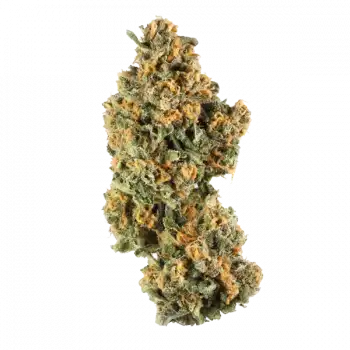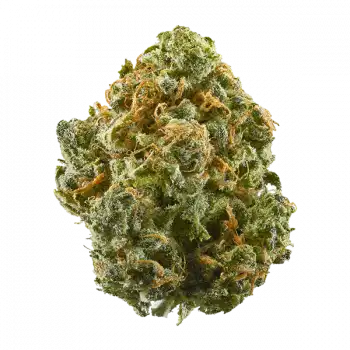WHAT IS A MIGRAINE AND WHAT CAUSES IT
People with migraines struggle with symptoms that can, at times, be debilitating. Along with the trademark headaches, sufferers can experience hypersensitivity to light - aka photosensitivity – to sound, touch, feelings of nausea and even vomiting may occur. Migraine can also result in disorientation and coordination problems. Although rare, in very severe cases, a migraine attack can cause temporary paralysis or loss of consciousness. Symptoms usually last for several hours, but in some cases can last for days. For those with migraines, the condition often means a severe deterioration in quality of life.
Although migraines are quite common, science knows surprisingly little about the exact causes of the condition. The general assumption today is that various physiological and environmental factors act as triggers to the symptoms.
What we do know, is that migraines most likely occur somewhere in the brainstem and central nervous system, which interacts with the trigeminal nerve - the largest cranial nerve that regulates pain, motor control, and the pain signalling mechanism in the face and head. Migraine triggers potentially activate these trigeminal nerve neurons, thereby affecting the dilation of cerebral vessels, which in turn activates the body’s receptors for pain and inflammation. Some medical experts believe that migraines can also be caused by an upset in the levels of serotonin in the body - a chemical found in the body that plays a role in pain perception. Moreover, it is possible that some people are more genetically predisposed to the condition than others.
HOW CAN CANNABIS WORK IN THE BODY?
The endocannabinoid system (ECS) is found in the human body (and, indeed, in all animals, including vertebrates and invertebrates). The ECS is a biological system that consists of endocannabinoids (these are cannabinoids produced by the body that bind to cannabinoid receptors) and cannabinoid receptor proteins in the central nervous system and brain. The endocannabinoid system plays an important role in the regulation of many bodily functions, such as pain, digestion, appetite, and mood.
Interestingly, research shows that phytocannabinoids in the cannabis plant, such as THC and CBD, also bind to (or otherwise affect) these receptors in our body, in the same way that endocannabinoids do. This suggests that compounds in cannabis affect the regulation of ECS for bodily functions, including analgesia.
STUDIES ON THE EFFICACY OF MEDICAL MARIJUANA ON MIGRAINE
The field of research into the medical use of cannabis is still in its relative infancy. However, with changes in the law – worldwide – governing medical cannabis use, we are seeing an increasing amount of research into the use of medical cannabis and its effects, including research into how it can help migraines.
A retrospective analysis of the effects of cannabis on migraine patients published in 2016 documented how researchers studied 121 adults with migraine headaches whose doctors had recommended either a standard migraine-alleviating medication or the use of medical cannabis.
The researchers found that medical cannabis was able to significantly reduce the number of migraine attacks, from 10.4 to 4.6 per month. However, it has been acknowledged that further studies will be needed to elucidate the exact causal relationship between migraine and medical cannabis. Research on different strains, compositions, and doses of marijuana needs more in-depth analysis in order to better understand its effects on the treatment and prevention of migraine.
In another study, presented at the Congress of the European Academy of Neurology in 2017, Italian researchers also raised the possibility of using medical cannabis to treat and prevent migraines in the future. In a group of 48 people who suffered with chronic migraine, the researchers administered different doses of a solution containing THC and CBD, the two main active cannabinoids in cannabis. It was found that at an oral dose of 200mg, acute migraine pain was reduced by 55%, a result similar to that in the study mentioned above. On average, patients had a 40% reduction in their monthly migraine attacks and an approximately 43% reduction in pain intensity. In addition to the reduction in the incidence of migraine, many patients also mentioned other beneficial effects, such as a reduction in muscle pain and stomach pain.
DRONABINOL (MARINOL) FOR MIGRATIONS: MORE DISADVANTAGES THAN BENEFITS
Dronabinol is a synthetic form of THC that was marketed under the brand names of Marinol and Syndros in the early 1980s. A legal prescription drug in the United States and some other countries, it was originally prescribed as an appetite stimulant, antiemetic for those suffering from Cancer and AIDS, but also became used for other conditions associated with chronic pain, such as multiple sclerosis.
However, Dronabinol, one of the first legal cannabinoid-based drugs, is not the miracle drug many had been waiting for.
Some patients say Dronabinol does not work, found its effects to be too intense and many users complain that they do not enjoy being unable to control some of its not inconsiderable side effects. Many patients have reported that taking Dronabinol causes nausea, dizziness and extreme drowsiness. In addition to a fairly long list of side effects, Dronabinol has other, more significant disadvantages for migraine sufferers, such as the fact that it can take up to two hours for the drug to take effect. Because migraines can often appear very suddenly, the sufferer would have to wait for hours for any potential relief. Moreover, the fact that Dronabinol often aggravates nausea makes it especially problematic for sufferers, especially those for whom feeling sick is already a key feature of their condition. Lastly, it is also very expensive, making it not an option for those who cannot afford it.
VAPORIZATION OF CANNABIS: A BETTER OPTION FOR MIGRINE?
Vaping may be a better solution than the questionable efficacy and side effects elicited by Dronabinol and other migraine-specific drugs. Steaming cannabis not only helps with the headache itself, but can also relieve nausea and other migraine-related symptoms. The relaxing effects of cannabis are also beneficial, as stress is also thought to play a role in triggering (or at the very least, worsening) migraines.
WHICH CANNABIS STRAINS CAN HELP REDUCE MIGRATION AND HEAD DISEASE?
Nowadays, medical cannabis users and recreational enthusiasts alike can choose from the enormous variety of cannabis strains that are available today. These strains not only vary in taste, smell and appearance, but also contain varying concentrations of cannabinoids and terpenes. Here is a list of a few of the many cannabis strains that can potentially help treat migraine symptoms.
OG KUSH
OG Kush is a classic strain that is still a favourite of many cannabis users. Dedicated fans will love the very intense smoke of this strain, with its typical OG dullness and slight citrus punch. This 75% indica has the most potent ability to relax the body and mind in an extraordinary way. As a result, that alone could make the iconic West Coast strain a favourite of medical cannabis users who look to banish the various psychological symptoms that migraines can cause.
WHITE WIDOW
White Widow, named for its beautiful white sparkling trichomes, is one of the world’s most legendary cannabis strains. Many people believe that this balanced 50/50 indica / sativa hybrid is one of the best and most even varieties for both growing and smoking. It causes a phenomenally strong, almost psychedelic brain high, but is also incredibly relaxing. The taste is fresh and clean with pine and citrus notes. With a THC content of 19%, White Widow may be a good choice for alleviating impending migraines.
CHOCOLATE HAZE
The popular Chocolate Haze variety is an almost pure (95%) sativa that is perfect for anyone suffering from diseases such as arthritis, muscle aches, stress and migraines. The high it produces is both very powerful, but also cerebral and pleasingly uplifting. Due to the highly positive effect it has on mood, it is also an excellent choice for those who want to be in a happy and positive frame of mind. It pampers the senses with a distinctive chocolate flavour that blends with sweet and earthy notes.
GREEN CRACK PUNCH
Green Crack Punch is a truly special strain of cannabis. A blend of Green Crack, a strain known for its uplifting and energy-giving effects, and Purple Punch, which in itself makes a huge impact, Green Crack Punch is a very relaxing indica heavy-hitter. The combination of these two strains produces a fantastic effect. You feel motivated and energetic while relaxing your body from head to toe. With its powerful effect (up to 20% THC), this 60% indica is an ideal choice for those users who require a flexible strain for use during the day.
SOUR DIESEL
Sour Diesel is one of the most famous strains around today, and not just because of the unique taste that so many cannabis fans love. Hailing from sunny California, the predominantly sativa hybrid exudes fantastically strong and very aromatic smoke, in which its trademark diesel notes blend with herbal and sour flavours. With a THC of 19%, it provides bodily highs that are great for relieving headaches and stress.
Medical Disclaimer: The information given herein is intended only for general, educational purposes, and is in no way intended to provide professional medical or legal advice. Please seek professional medical advise before making any medical decisions.

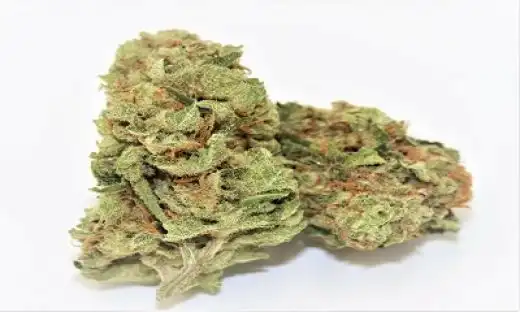


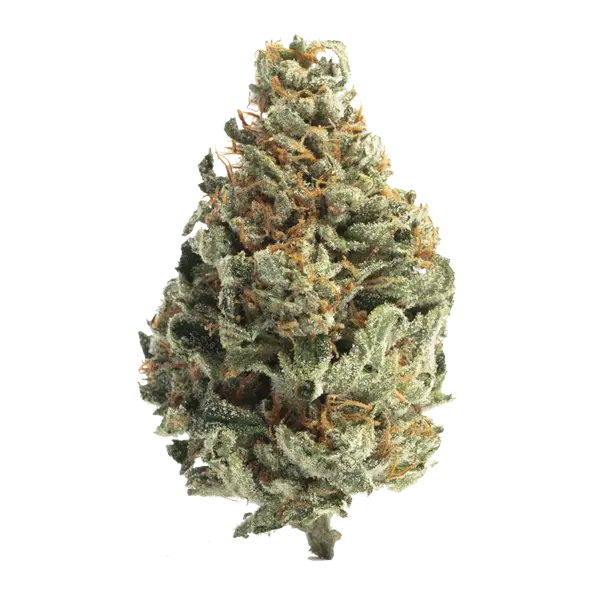
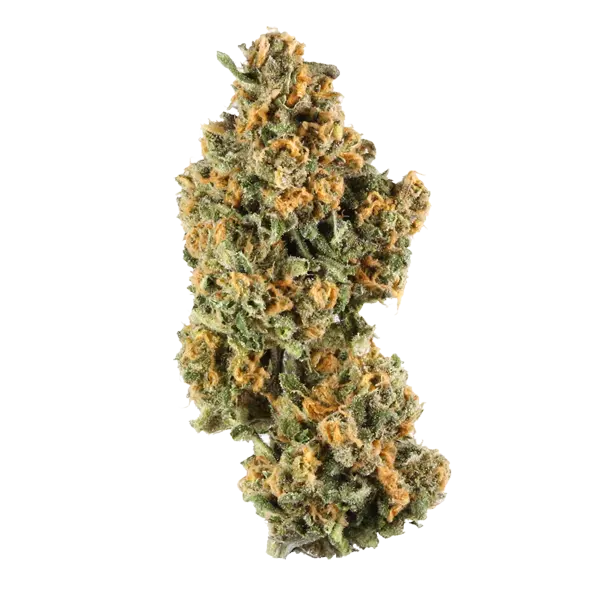
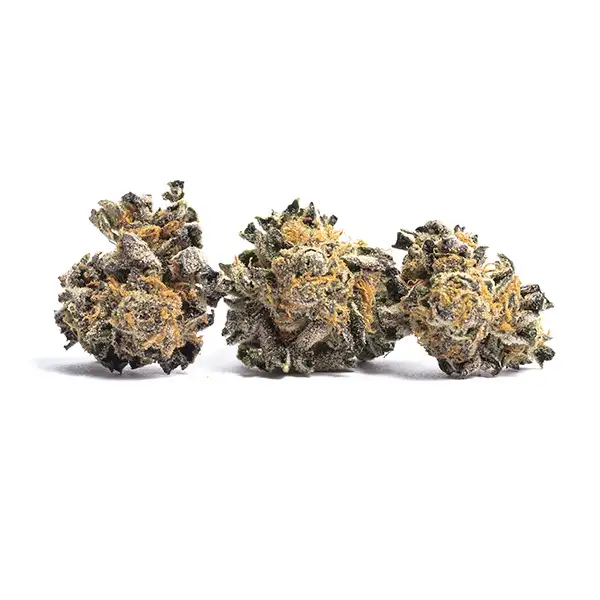
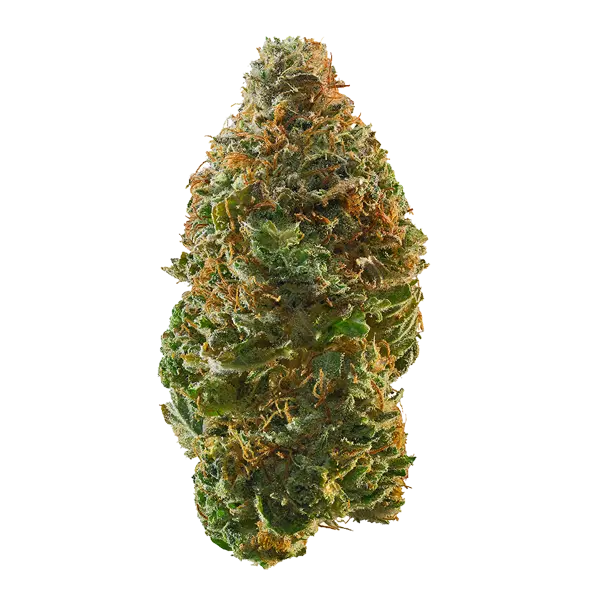
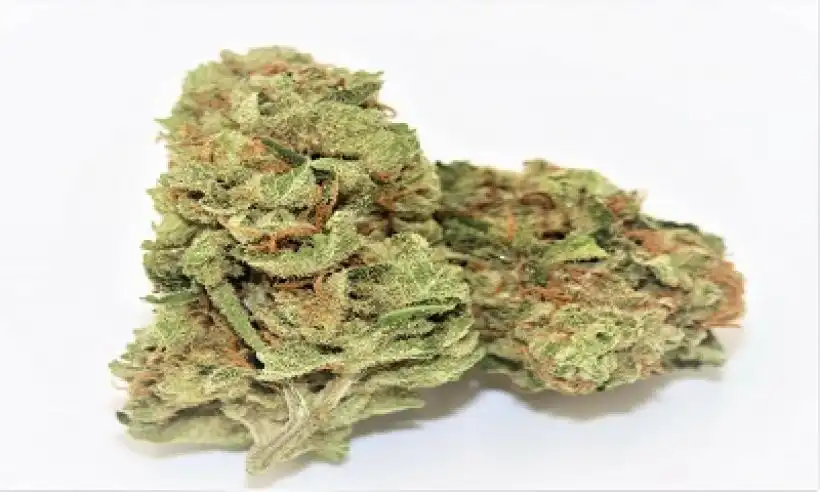
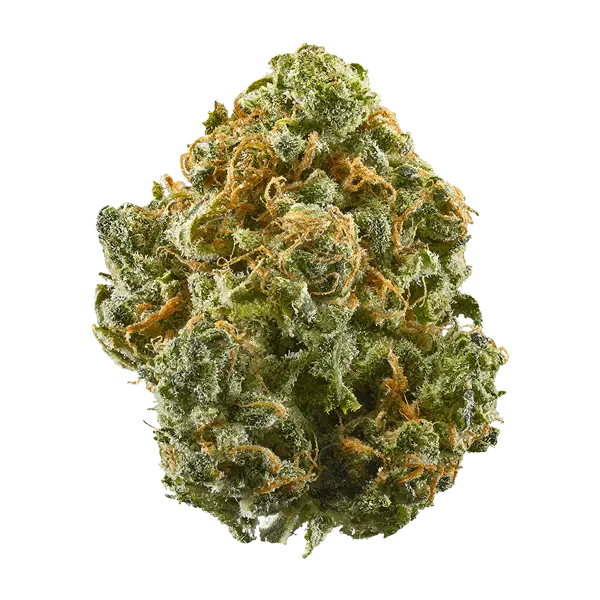
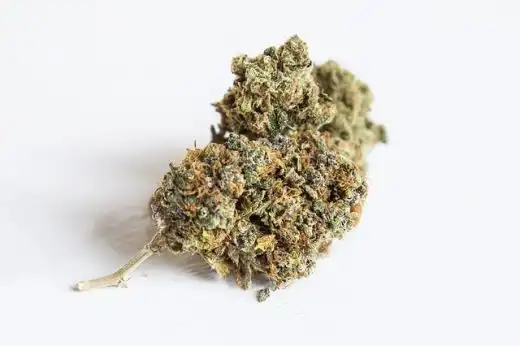


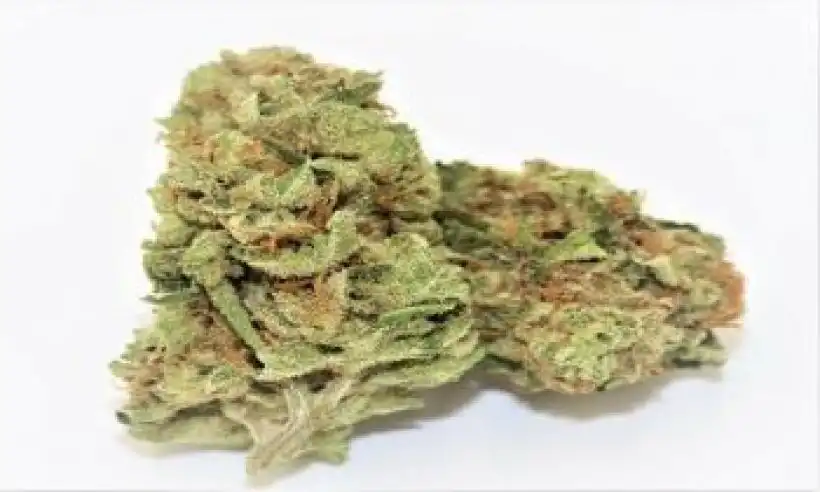
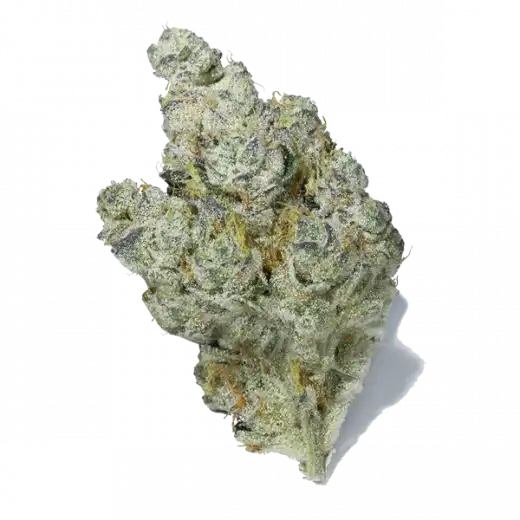
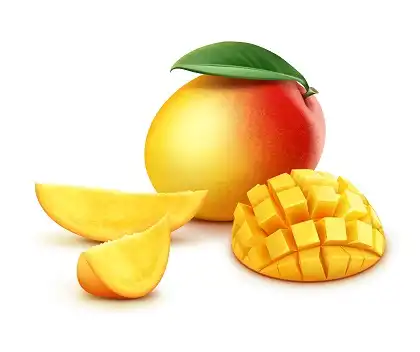
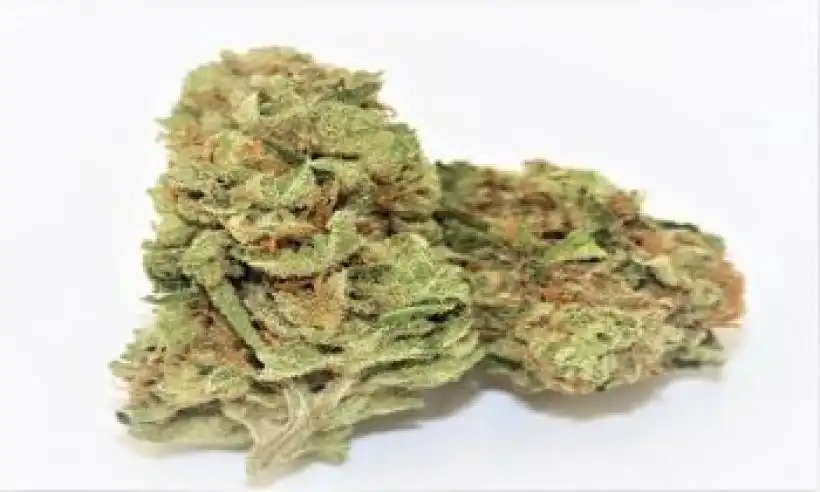
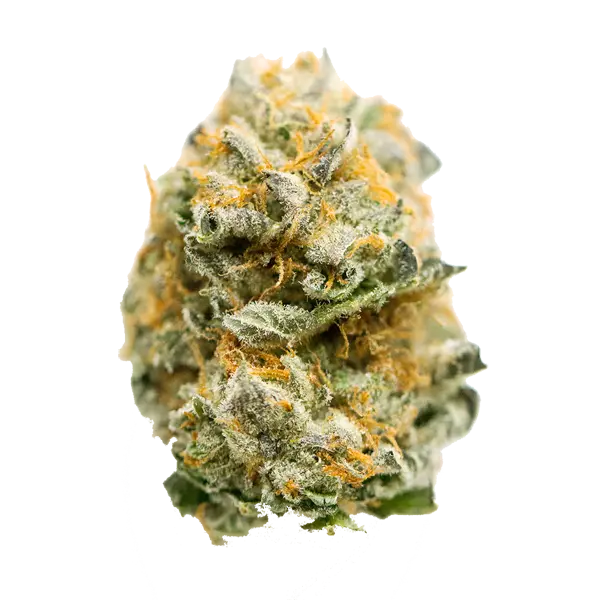
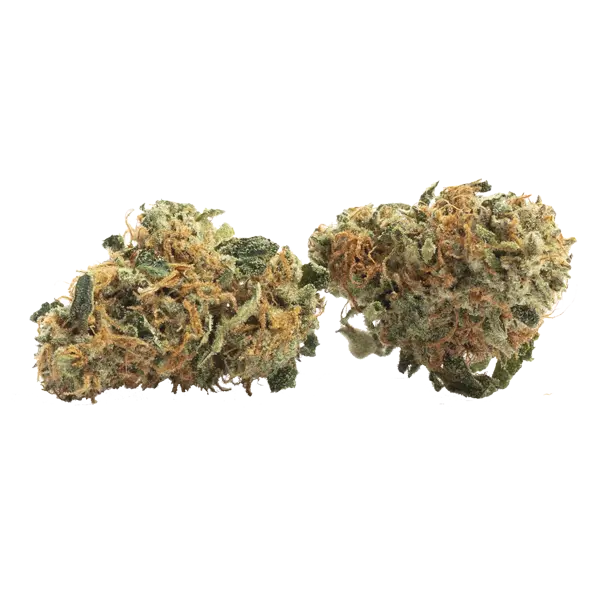
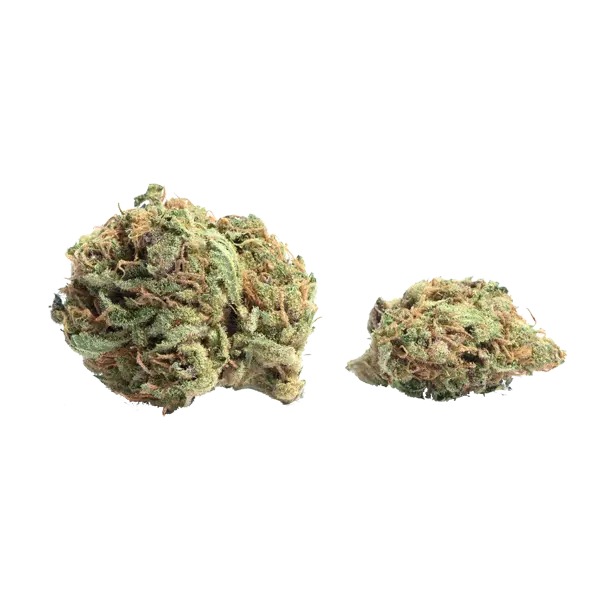
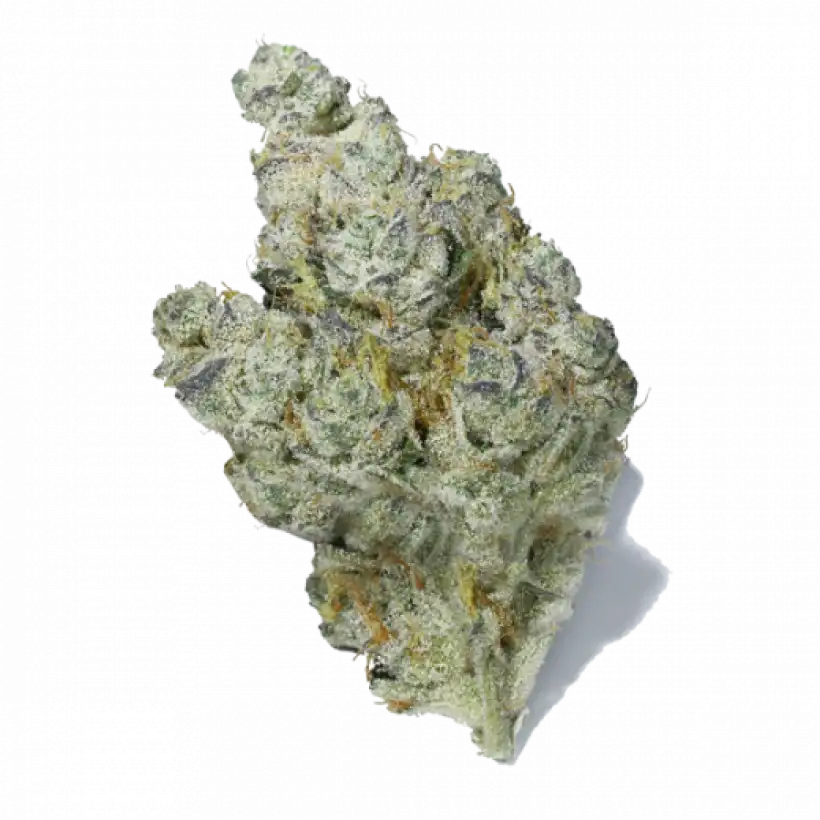
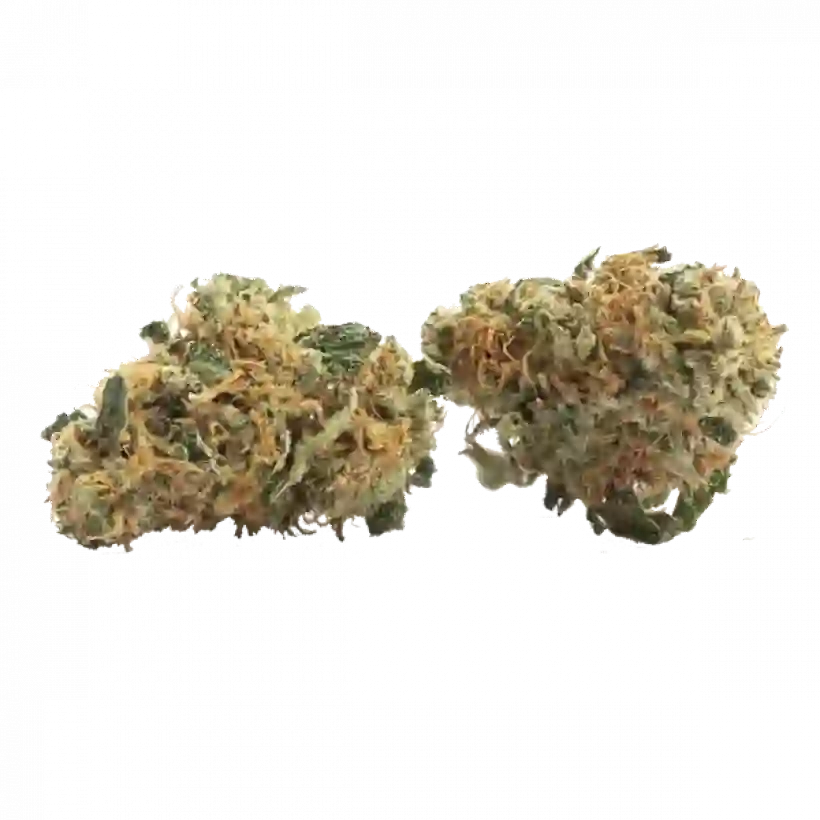

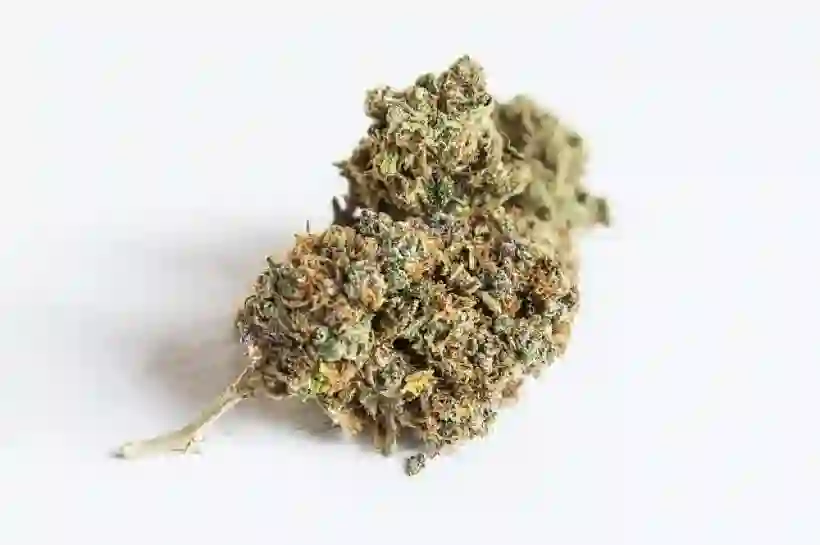

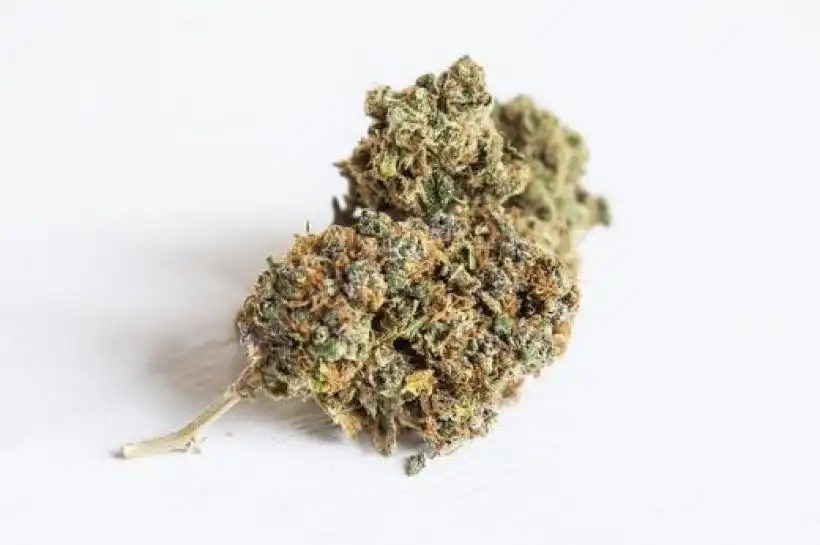

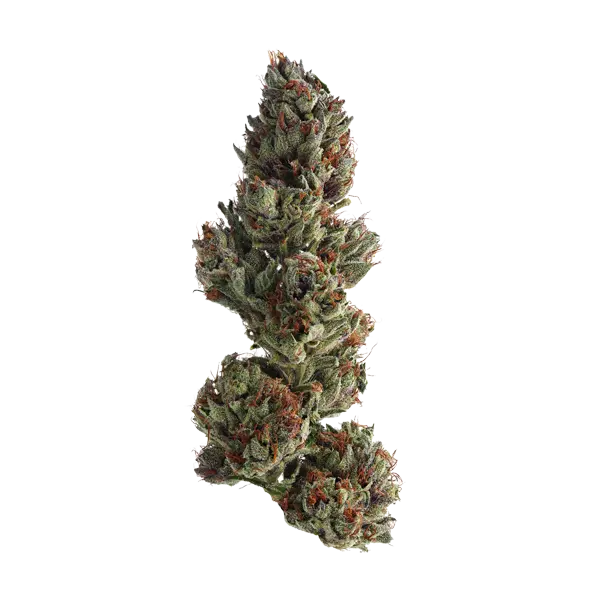
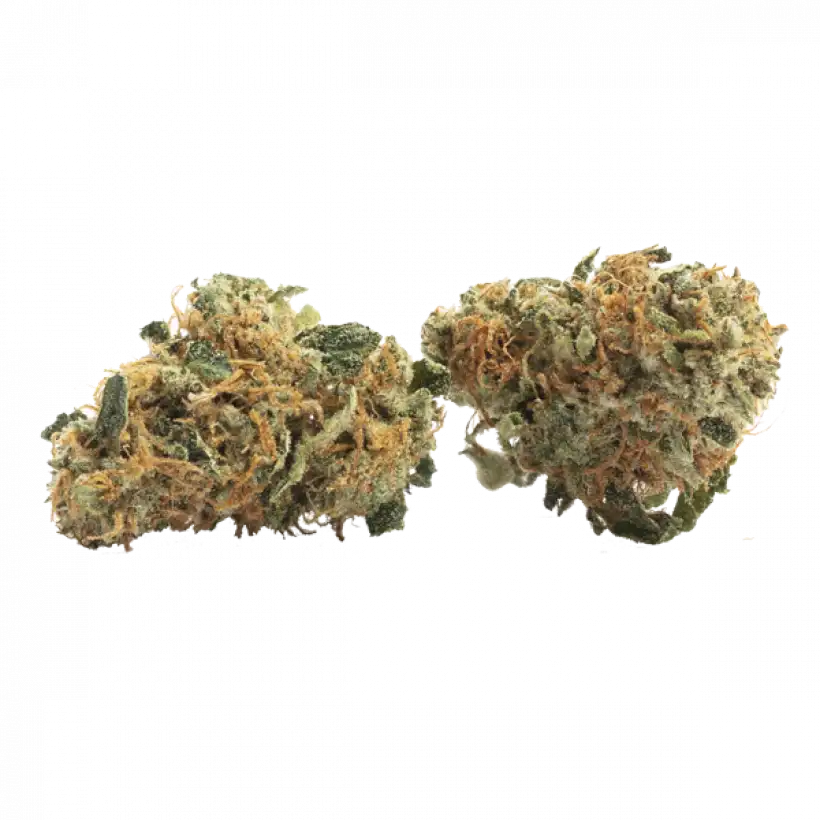
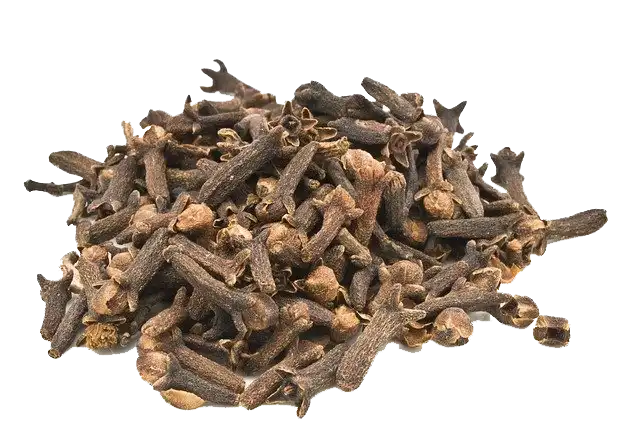
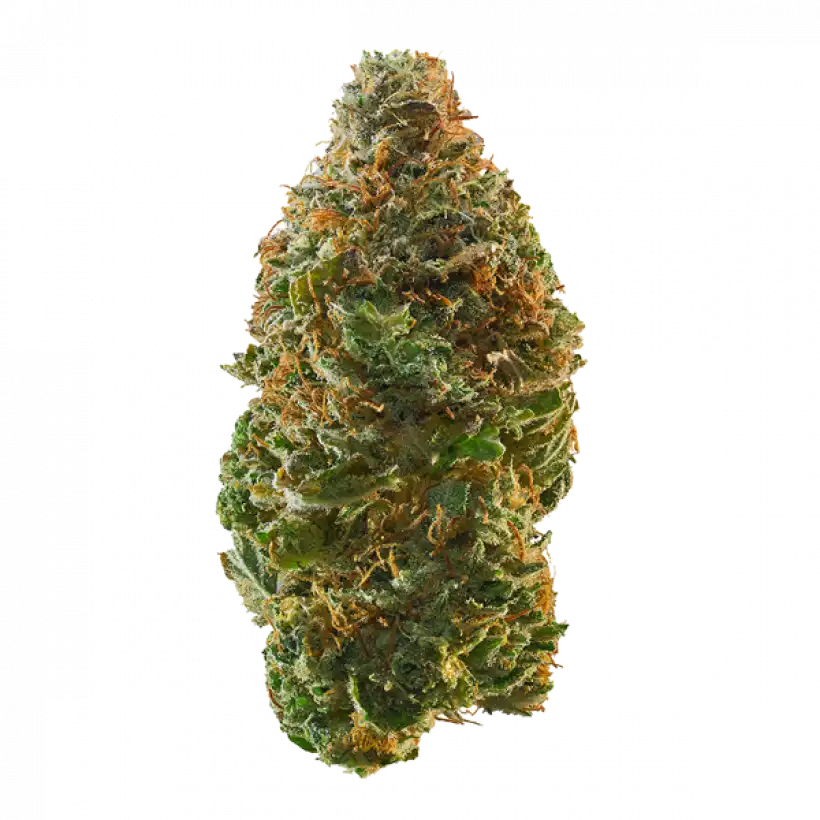

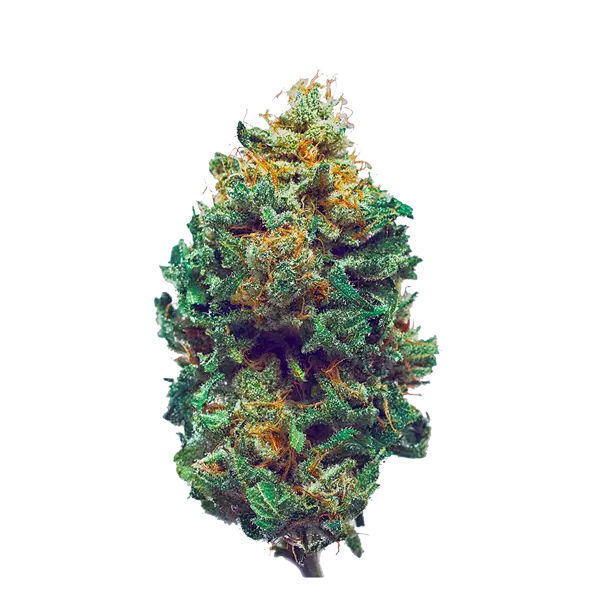

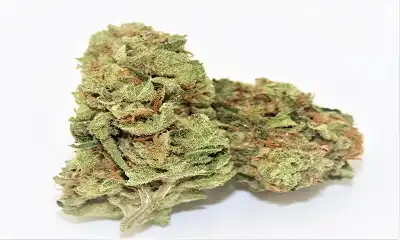
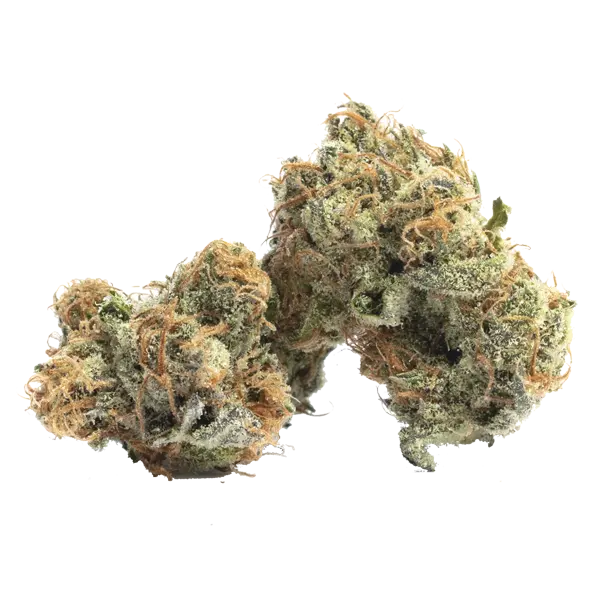
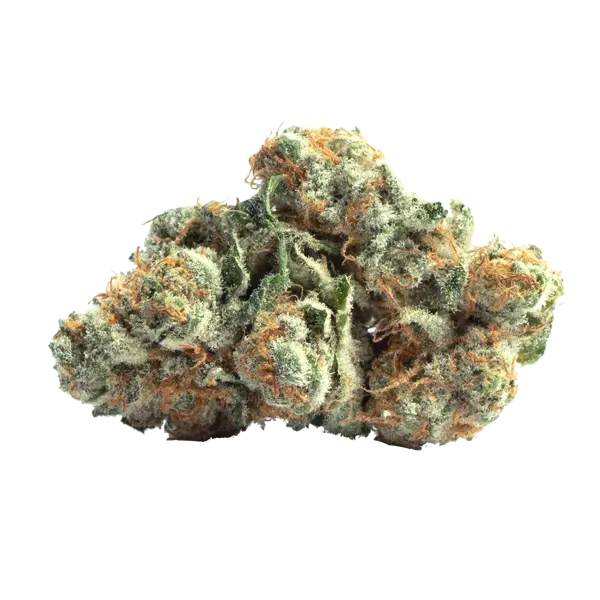

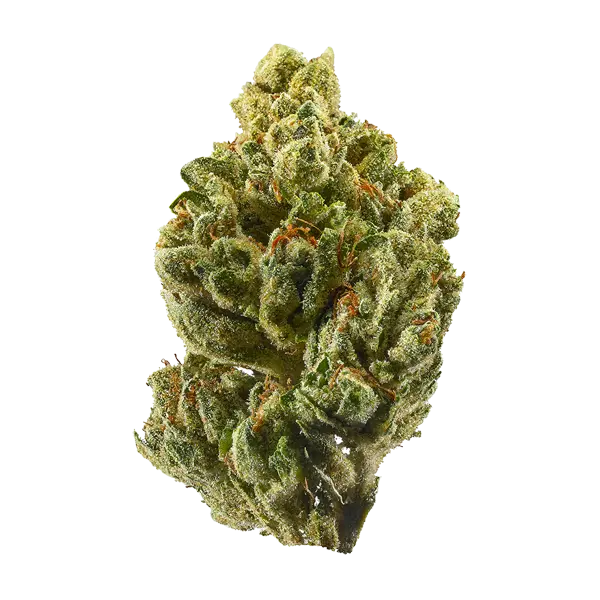
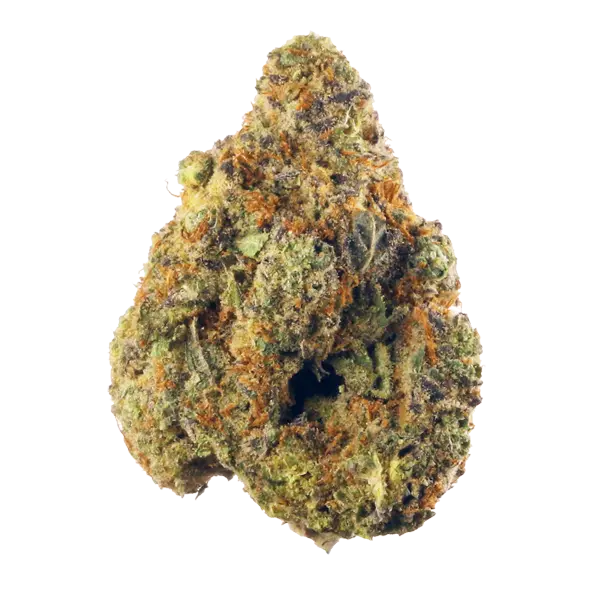

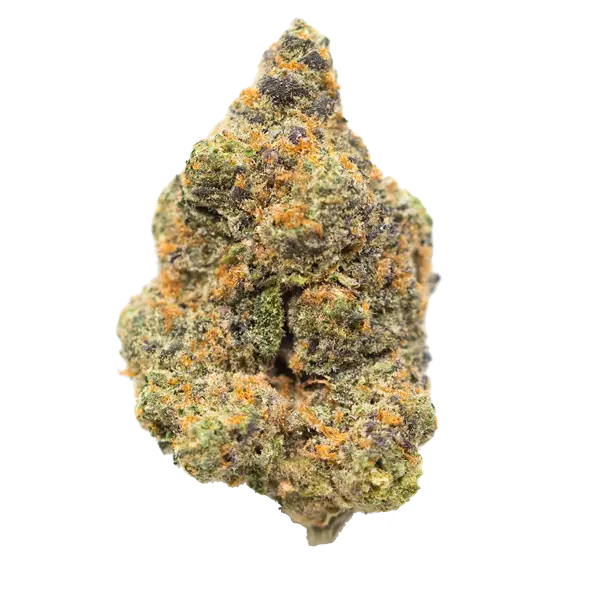
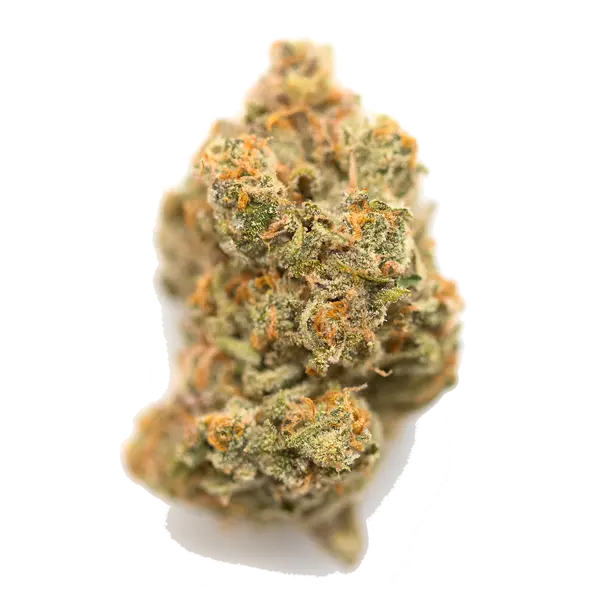
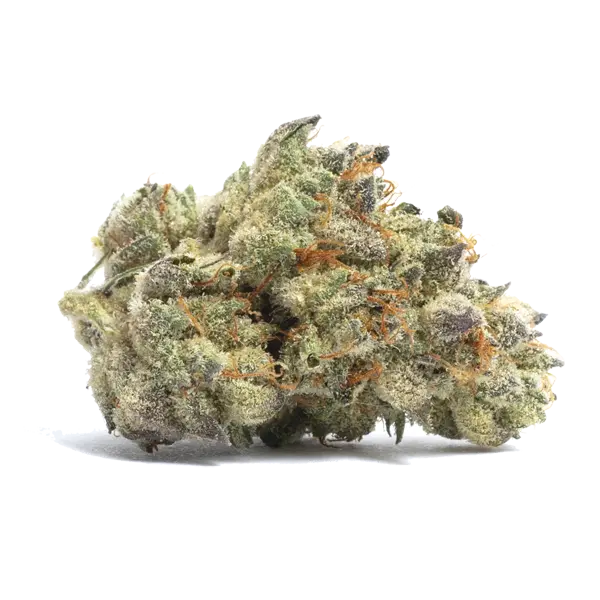
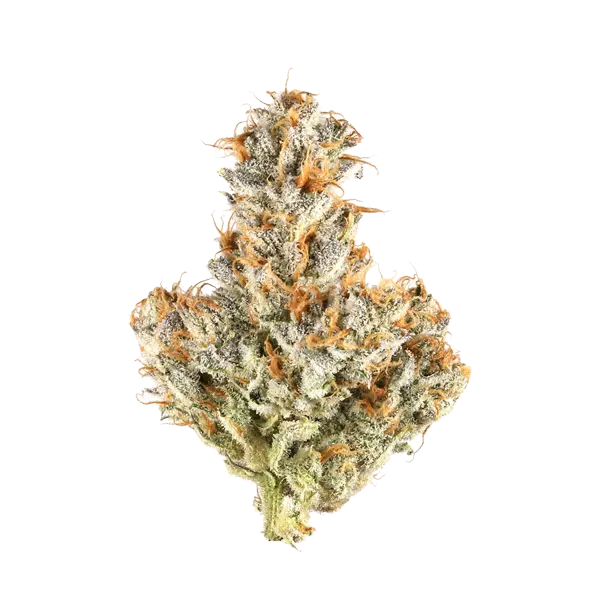



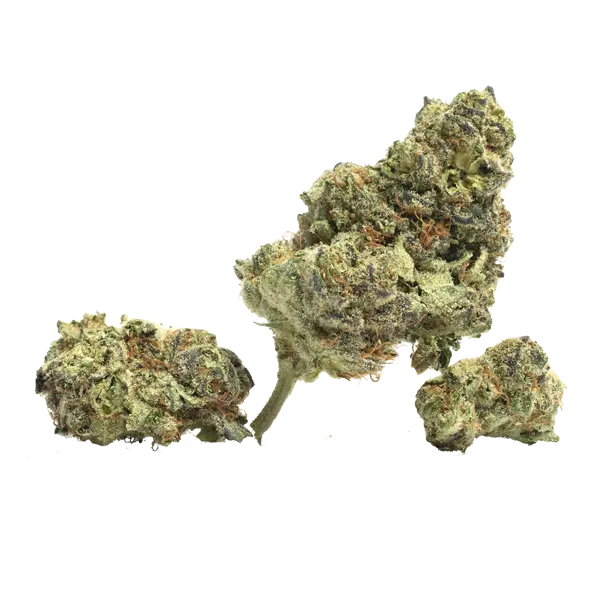
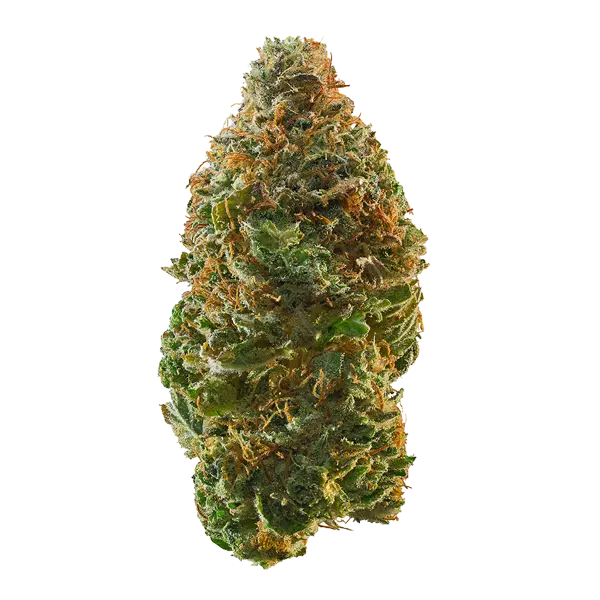
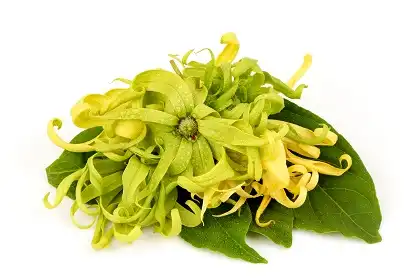









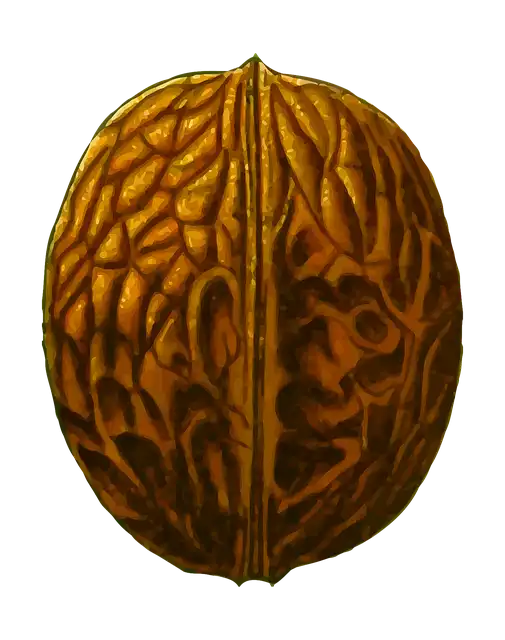




 How to Prevent And Treat Nutrient Deficiencies In Cannabis
How to Prevent And Treat Nutrient Deficiencies In Cannabis



